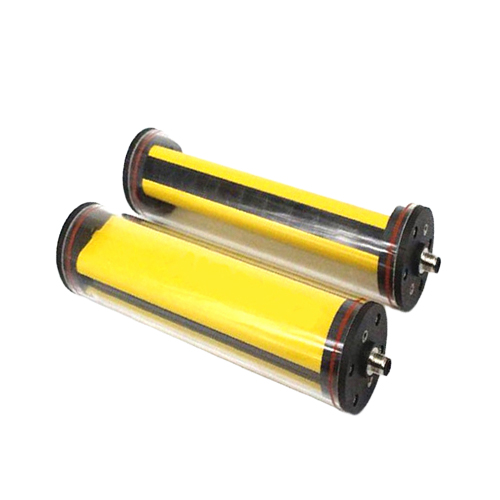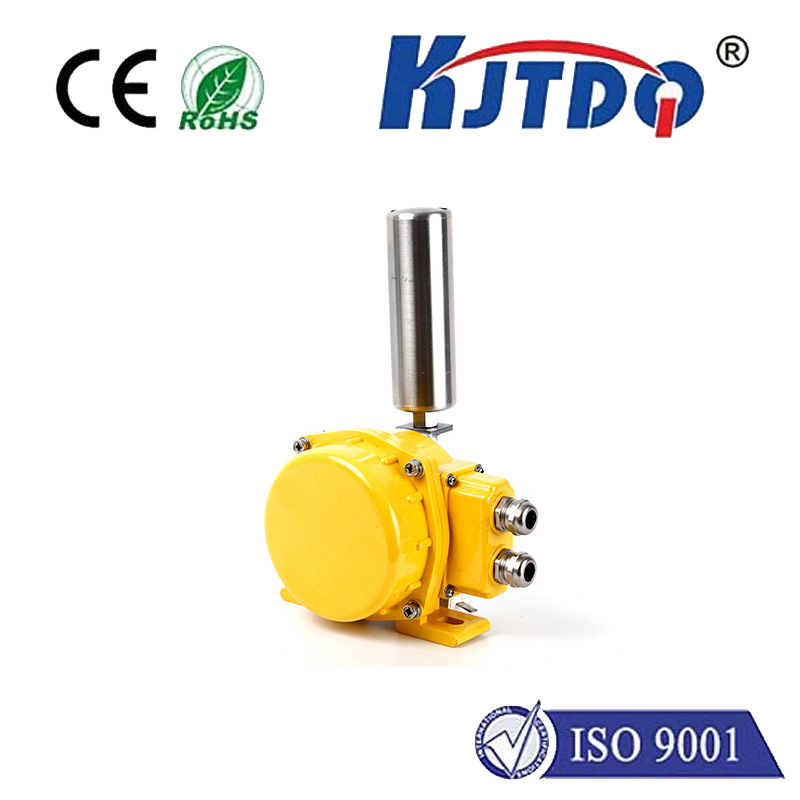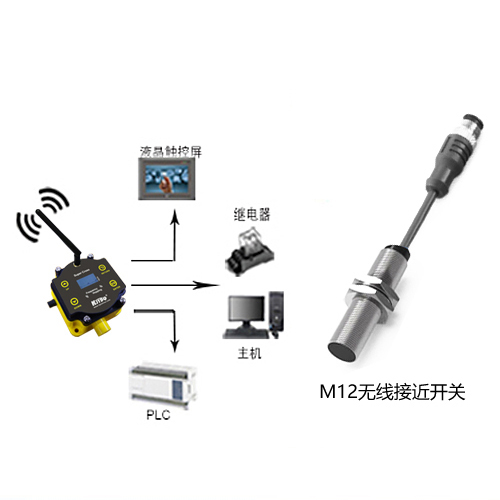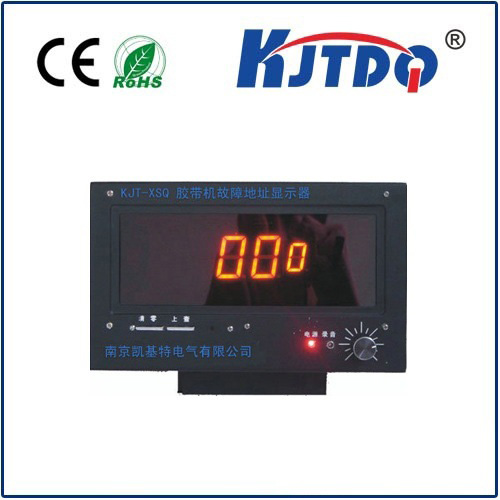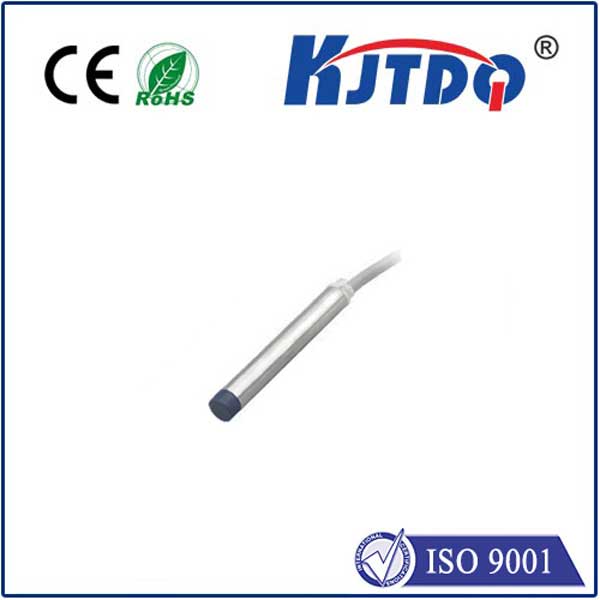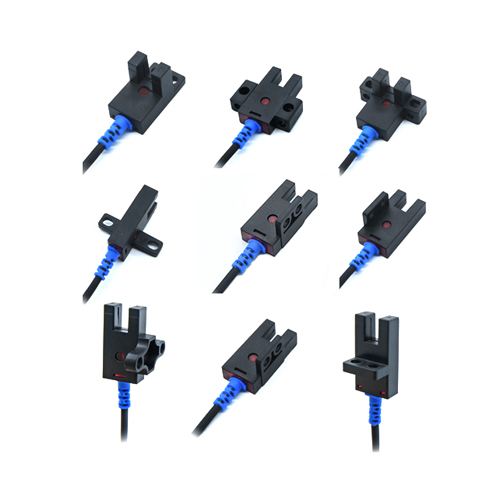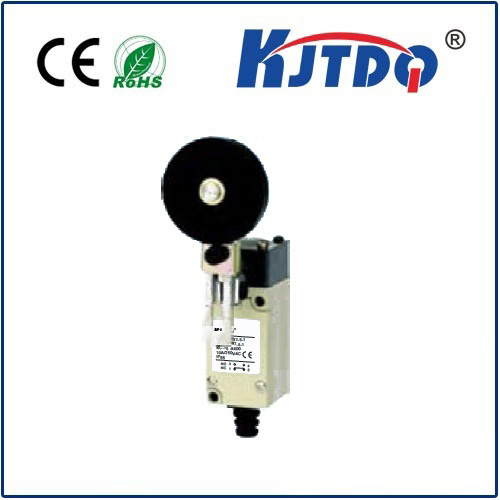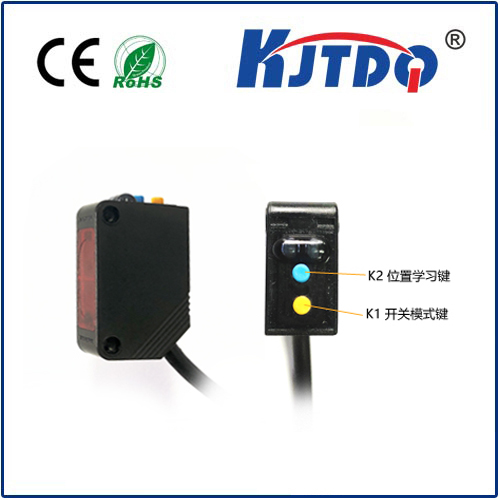proximity sensor m4
- time:2025-09-06 02:38:40
- Click:0
Proximity Sensor M4: The Unseen Guardian of Industrial Precision and Reliability
Imagine a critical machine component grinding to a halt, causing costly downtime, all because a tiny metal part was slightly out of position. Or envision a robotic arm moving with delicate precision, needing flawless spatial awareness to avoid collisions. In the unseen heartbeat of modern industry, a tiny titan often makes these feats of efficiency and safety possible: the Proximity Sensor M4. This specific category of sensor represents a cornerstone in automation, offering unparalleled reliability for detecting the presence, absence, or position of metallic targets without physical contact.
Understanding the Proximity Sensor M4
At its core, a proximity sensor is a non-contact detection device. The “M4” designation typically refers to a specific size and threading standard – an M4 threaded barrel, roughly 4mm in diameter. This compact form factor makes it exceptionally versatile for installations where space is at a premium. While primarily associated with inductive proximity sensors – which detect metallic objects – the M4 threading can sometimes be found on other miniaturized sensor types.
Key Advantages: Why the M4 Sensor is an Industrial Workhorse

The popularity of the M4 proximity sensor stems from a powerful combination of features:
- Compact Size (M4 Threading): This small footprint allows installation in incredibly tight spaces where larger sensors simply cannot fit. Think miniature machinery, dense circuit boards, or intricate assembly lines.
- Non-Contact Operation: The most significant benefit. Sensors detect targets without physical touch, eliminating wear and tear, reducing maintenance, and enabling detection of fragile, vibrating, or fast-moving objects.
- High Reliability & Long Service Life: With no moving parts subject to friction, inductive M4 sensors are incredibly robust. Shielded variants offer excellent resistance to electromagnetic interference (EMI), ensuring stable operation in noisy electrical environments.
- Fast Switching Speeds: Capable of detecting objects at high speeds (kHz range), they are perfect for high-throughput production lines or monitoring rapidly rotating components.
- Environmental Robustness: Quality M4 proximity sensors often boast impressive ingress protection ratings like IP67 or IP68. This translates to resistance against dust, water jets, temporary submersion, oils, and coolants – crucial for harsh factory floors or washdown environments.
- Simple Integration: Standard M4 threading simplifies mounting, and they offer common output configurations like 3-wire NPN or PNP, making them compatible with most PLCs (Programmable Logic Controllers) and control systems.
Delving Deeper: How Inductive M4 Sensors Work
While other technologies exist, the inductive proximity sensor is the most common type utilizing the M4 form factor. Here’s the elegant physics behind it:
- The sensor generates an oscillating electromagnetic field from its face.
- When a ferrous metal target (like steel or iron) enters this field, it induces small eddy currents within the target material.
- These eddy currents cause a measurable energy loss (damping) within the sensor’s oscillator circuit.
- The sensor’s detection circuit monitors this damping effect. When the damping exceeds a preset threshold (indicating a target is within the sensing range – typically 0.5mm to 1.5mm for standard M4 inductive sensors), the sensor’s output state changes.
- This output signal (e.g., switching “ON” or “OFF”) is sent to the machine’s control system, triggering actions like stopping a conveyor, counting parts, confirming a cylinder position, or activating a robotic sequence.
Crucial Applications: Where the M4 Sensor Shines
The combination of size, reliability, and non-contact detection makes the M4 proximity sensor indispensable across countless industries:
- Factory Automation & Robotics: Position verification of arms, grippers, slides, and carriages; end-of-stroke detection for cylinders; presence/absence sensing on conveyors; part counting.
- Packaging Machinery: Detecting foil seals, metal lids, cans; verifying cap placement; monitoring filling levels via metallic floats.
- Machine Tools & CNC: Tool presence/breakage detection; door interlock safety; position feedback for automatic tool changers (ATC); monitoring coolant flow via metallic sensors.
- Material Handling: Detecting metal pallets, racks, or containers; edge guiding on metal strips; stock level monitoring in bins.
- Automotive Manufacturing: Engine assembly verification (pistons, rods); weld nut detection; body panel position confirmation; fluid level sensing.
- Consumer Electronics: Detecting moving metal parts in printers, copiers, disk drives; ensuring device lids/closures are secure.
Selecting the Right M4 Proximity Sensor
Choosing the optimal sensor involves considering several factors:
- Target Material: Standard inductive sensors detect ferrous metals (steel, iron). Some specialized types can detect non-ferrous metals (aluminum, brass, copper), but require different sensing principles or factors. Important: Always confirm compatibility.
- Sensing Range: Ensure the nominal sensing distance (
Sn) suits your application’s mounting and target movement. Remember, actual real-world range can be less than Sn and depends on target size and material.
- Output Type: NPN (sinking) or PNP (sourcing)? Match this to your PLC/controller input card. NO (Normally Open) or NC (Normally Closed) contacts?
- Shielding: Shielded sensors (flush mountable) are less affected by surrounding metal but have a shorter range. Unshielded sensors have a longer range but require adequate clearance from surrounding metal structures.
- Environment: Will it face oil, coolant, welding sparks, extreme temperatures, high pressure washdown? Choose an appropriate IP rating and housing material (often nickel-plated brass or stainless steel for robustness).
- Electrical Specifications: Operating voltage (e.g., 10-30V DC), current rating, switching frequency, cable connection (pre-wired or connector style).
The Indispensable Role
The unassuming proximity sensor M4, with its precise M4 threading, is far more than just a component; it’s an essential sensory organ for modern machinery. Its ability to deliver contactless, reliable detection of metallic objects, even in the smallest, dirtiest, and most demanding environments, underpins the efficiency, safety, and precision expected in today’s automated world. By understanding its principles, advantages, and selection criteria, engineers and technicians can leverage this compact powerhouse to build smarter, more resilient, and highly efficient systems, ensuring the smooth and reliable operation that defines successful industrial automation.






